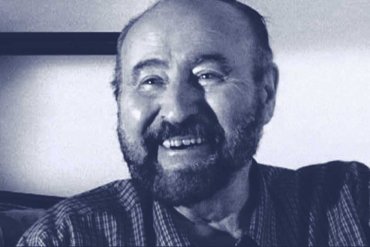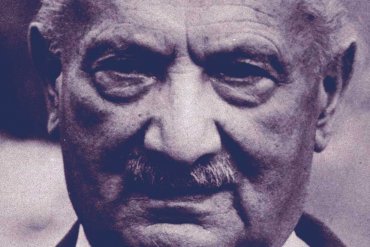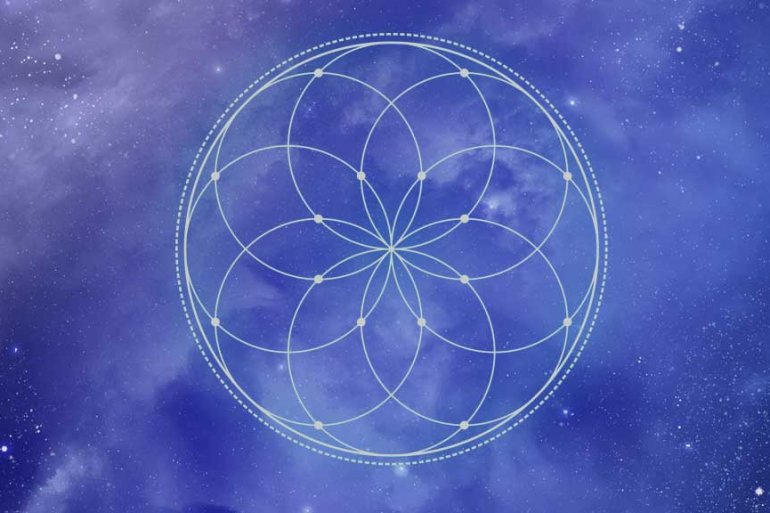Physical space may itself be curved, contain antimatter, house a sea of neutrinos, and be related to the invisible realm of the psyche. Nevertheless, physical space is also made up of something else. That something else has been called, for generations, the ether. With the discovery of holography and a new order to the universe, the conceptualization of empty space must...
What is the essential nature of energy? Where do we begin to search for the answer to this age-old question? Surprisingly, despite all scientific investigation, nobody seems to have come up with a definitive answer! All we know of are the ways in which energy manifests itself. We can see that energy is involved in flowing water. We can see that...
The Elucidation is an anonymous Old French poem of the early 13th century, which was written to serve as a prologue to Chrétien de Troyes‘ Perceval, le Conte du Graal. It is preserved in only one manuscript, Mons 331/206 (olim 4568), and in the Prose Perceval printed in 1530. Moreover, a German translation by Philipp Colin and Claus Wisse appeared in the Nüwe Parzefal of the 14th-century. Goethe The poet, philosopher, and scientist Johann Wolfgang von Goethe (1749–1832) was, more […]...
Tom Bearden, a Lieutenant Colonel U.S. Army (Retired). President and Chief Executive Officer, CTEC, Inc. MS Nuclear Engineering, Georgia Institute of Technology, is a deep, precise thinker who knows his fundamentals. He discussed the cold war, his interpretation of UFOs, and his ideas about human perception. “Consciousness is time, specifically time delay,” Bearden said. At particular points in time, the physical...
Heidegger’s Being and Time (1924), a quickly written introductory volume to a proposed multi-volume project, inspired philosophers for generations to come. What did the enigmatic title refer to? “As regards the title ‘Being and Time,’ ‘time’ means neither the calculated time of the ‘clock,’ nor ‘lived time’ in the sense of Bergson and others,” he explained, years after the book appeared....
Otto Maier like Heisenberg certainly had some most extraordinary concepts in physics and reality. Arthur Young wrote a remarkable book: Reflexive Universe, The Geometry of Meaning, and the important compendium Consciousness and Reality, co-edited with mathematician Charles Musès. Young stressed the nature of intentionality, an area neglected by science, but that, in and of itself, is linked to the term “consciousness.” He mentioned that the famous physicist Werner Heisenberg theorized that the photon, along with all other elementary particles (electrons, […]...
The idea of the importance of coincidences, as such, was introduced by Paul Kammerer in 1920, in his book Seriality, in which he logged a hundred amazing examples. His complex idea intrigued Einstein and was expanded by Carl Jung, who changed Kammerer’s term to the more widely used word synchronicity, or “meaningful coincidence.” Like Kammerer, Jung noticed that if two events...
No, don’t press that button … What if all the CERN’s Large Hadron Collider’s woes are more than bad luck and technical problems? Two noted physicists speculate that the future may be pushing back on the Large Hadron Collider to avert the disaster of observing the Higgs boson. Nothing seems to go right at CERN’s Large Hadron Collider (LHC) in Switzerland,...
A hundred thirty years ago, a man called Viktor Schauberger was born into his role as a guardian of Lady Nature and the earth. Among the magnificent Austrian forest he grew up wanting only to become a forest warden “like my father, grandfather, great-grandfather and his father before him.” But life was to take him far from the peace and solitude of his great mountains and woods. Instead he was to lead the struggle to preserve the earth, the forests […]...
The second or time itself appears to be a very simple topic. Something humanity takes for an established truth. Humanities’ current understanding of time is deterministic. That is one causality event leads to another causality event. Just like falling domino stones. We determine those moments or events relating to a second which means that we measure a subdivision of the second in tenths...
Otto Maier and the attempts of Gross Industries to develop “free energy” stood not alone in the 1920s and 1930s. Take for example the “free energy” invention of T. Henry Moray, which is probably the most famous and well witnessed in the history of the field. The best version of the device would have yielded 50 kilowatts of electricity without using...
Synthetic Gasoline – Although we still do not know how nature produces oil, yet we possess already for a long time the knowledge to produce it artificially. Friedrich Bergius a German chemist received the Nobel Prize in 1931 in recognition for inventing the process for producing synthetic gasoline in 1913. Since 1927, I.G. Farben A.G. continued to improve this development process in their laboratories at the Leuna plant. Carl Krauch and Mathias Pier were the main chief engineers. In 1925 Franz Fischer, the director of the […]...













